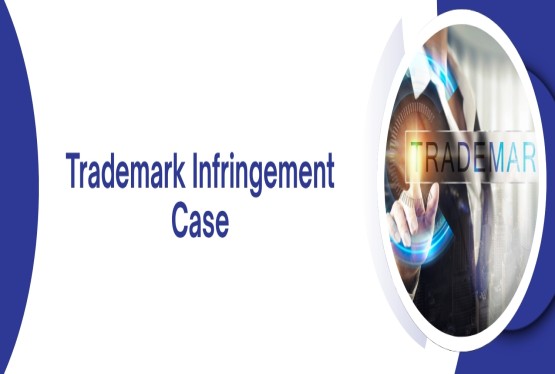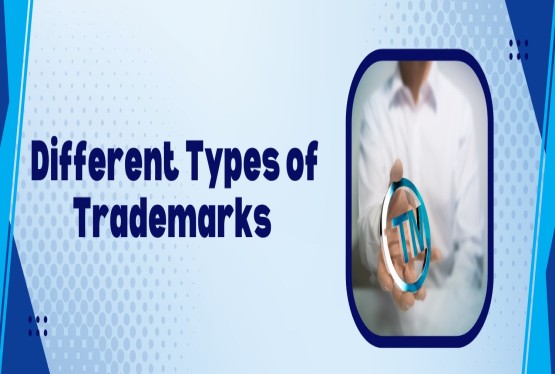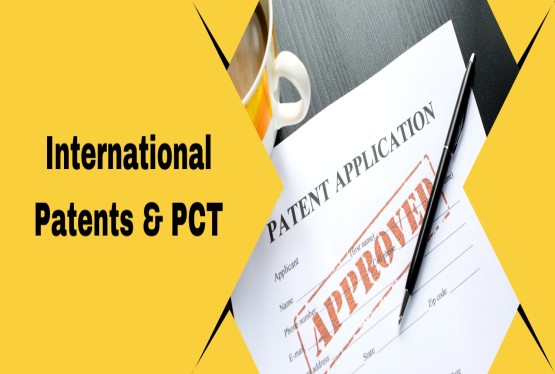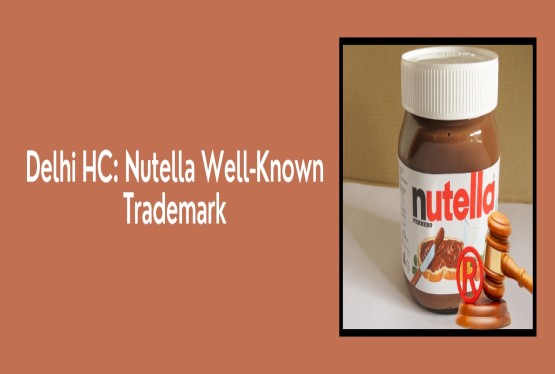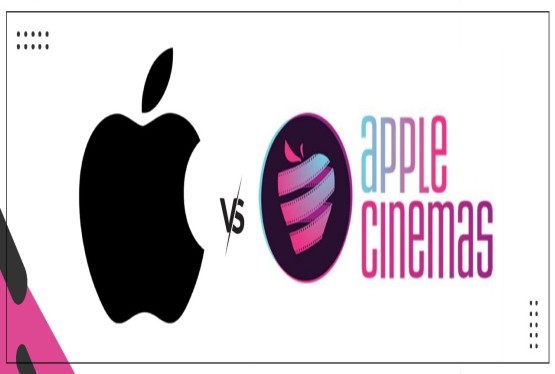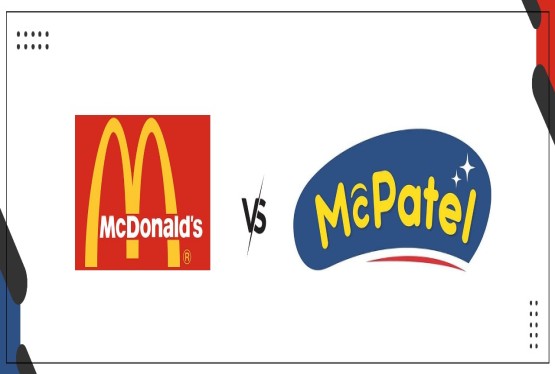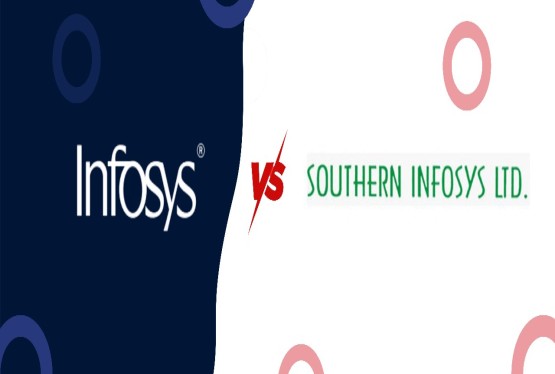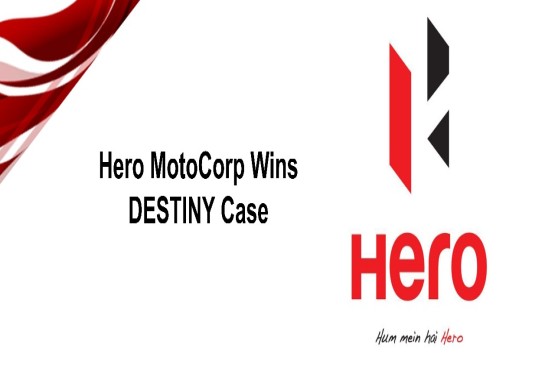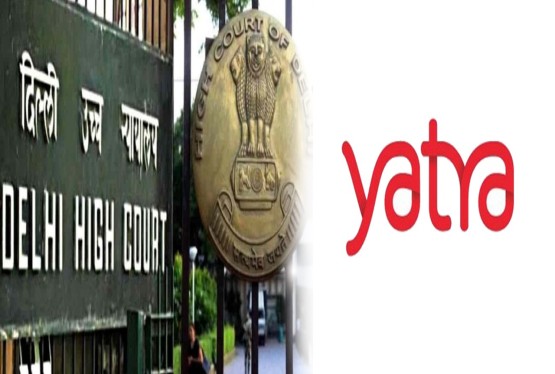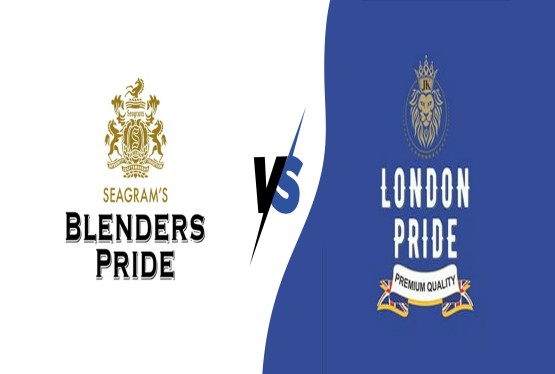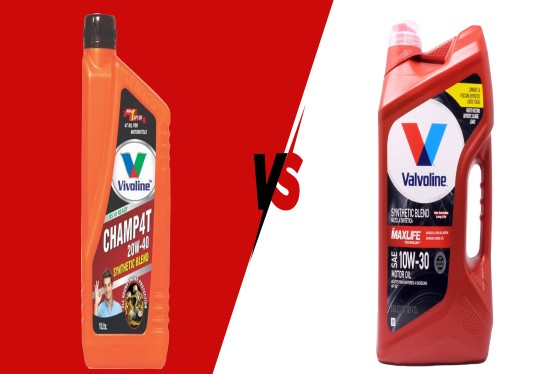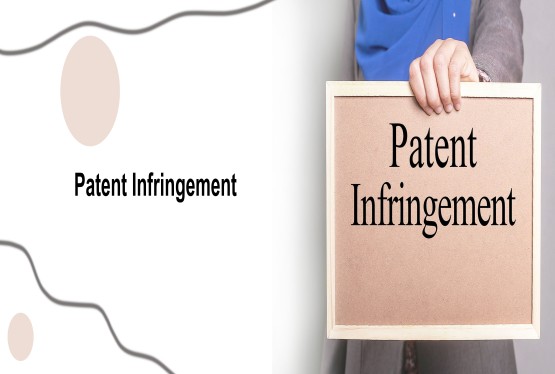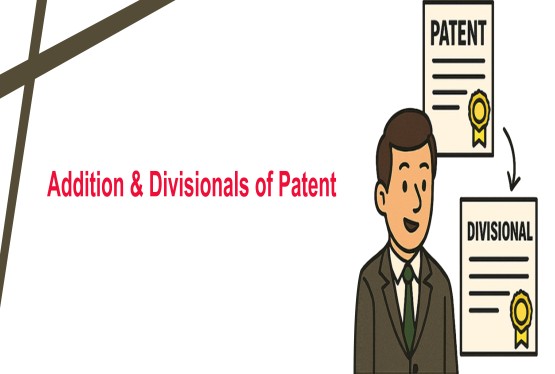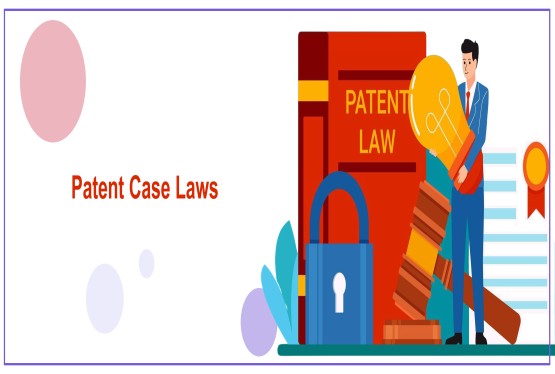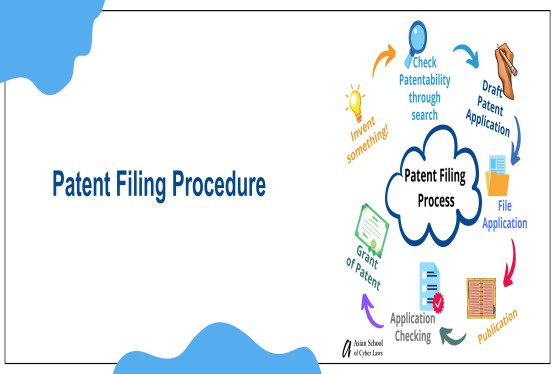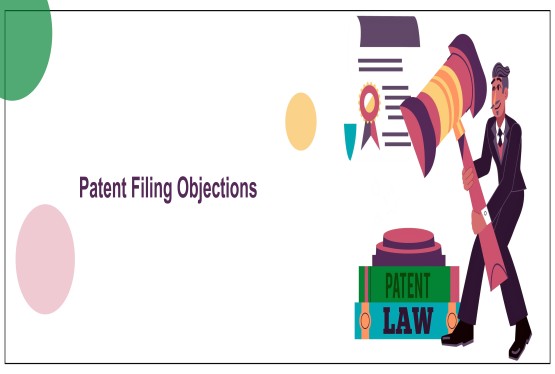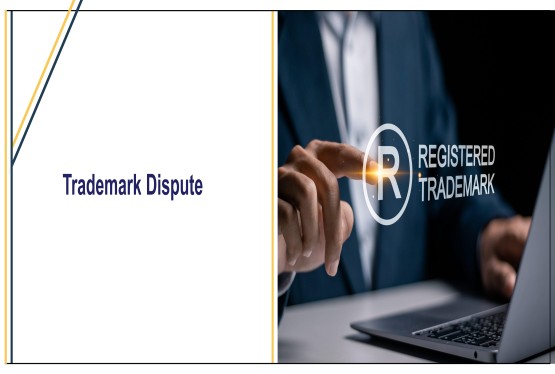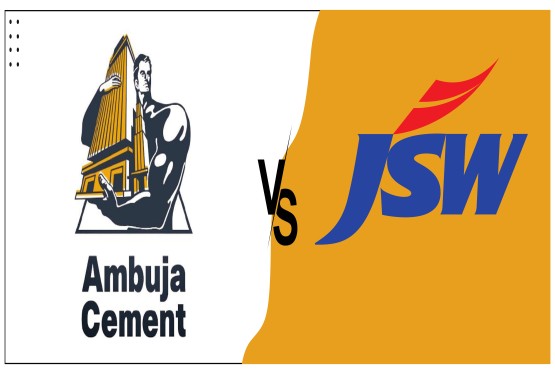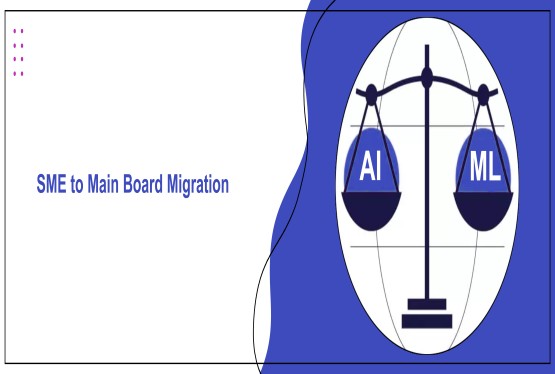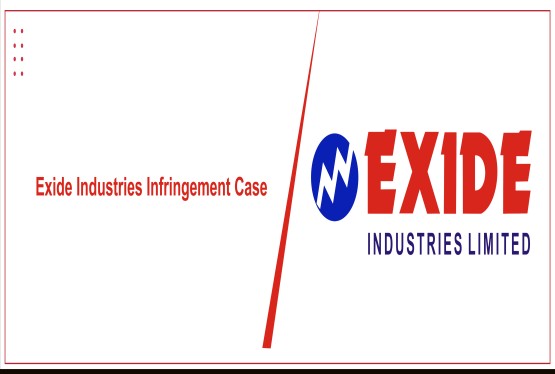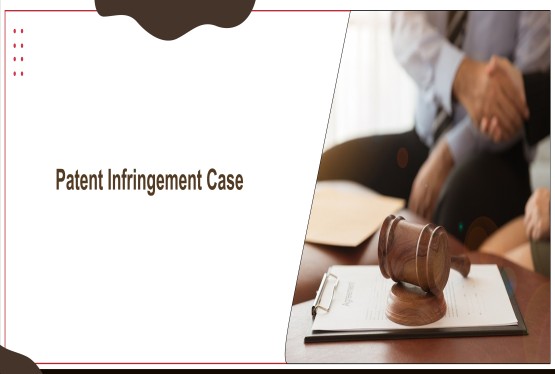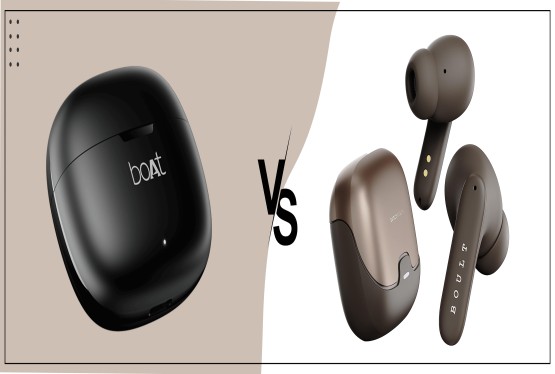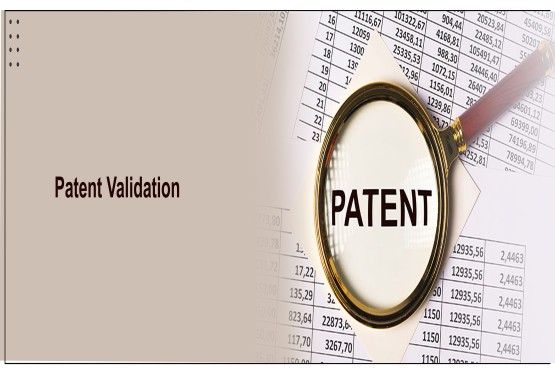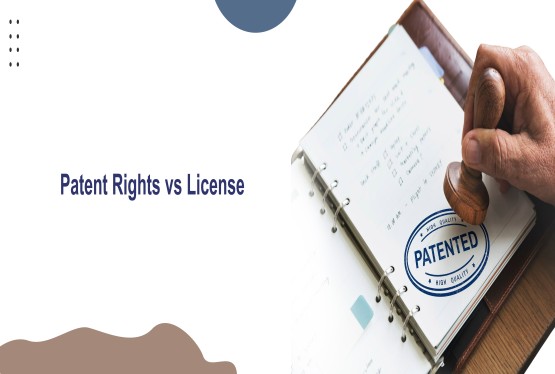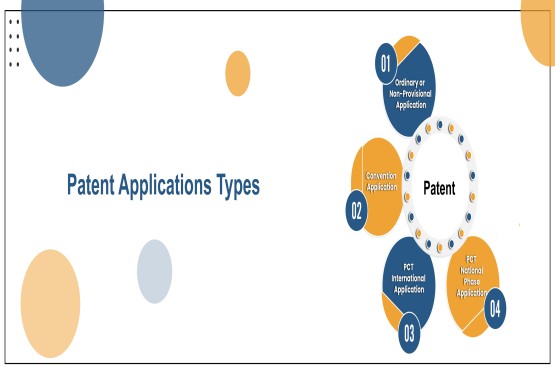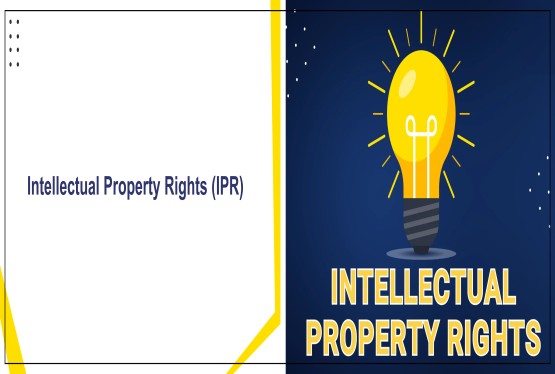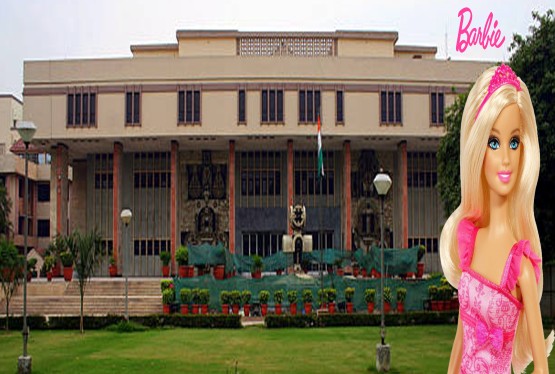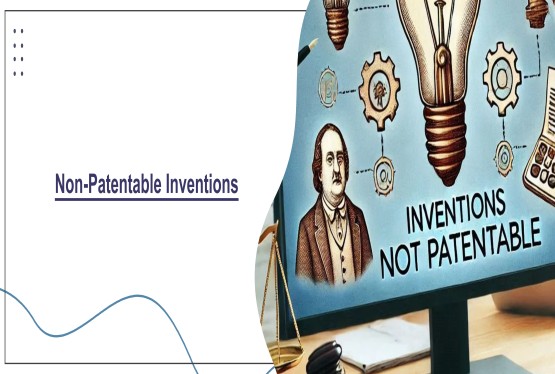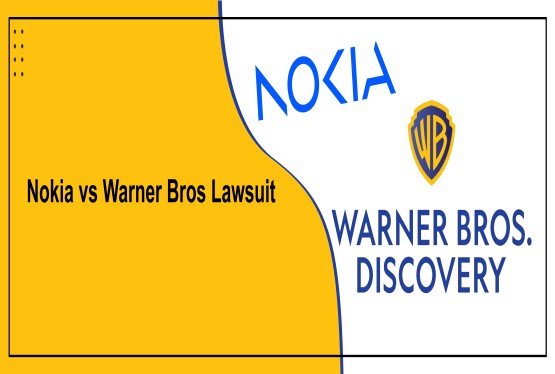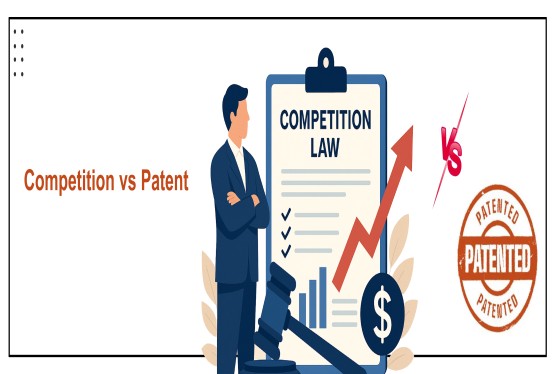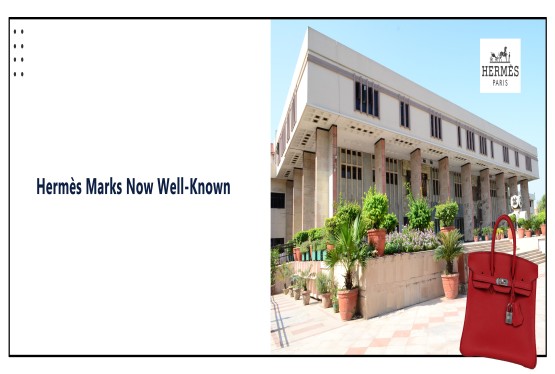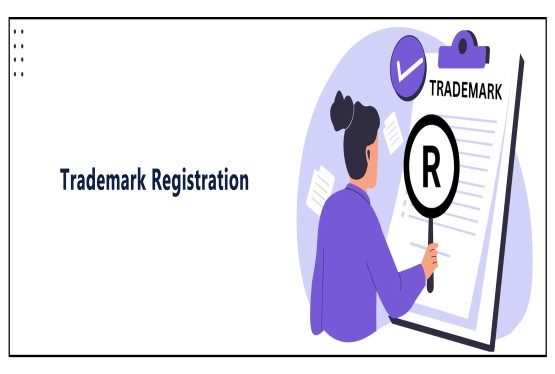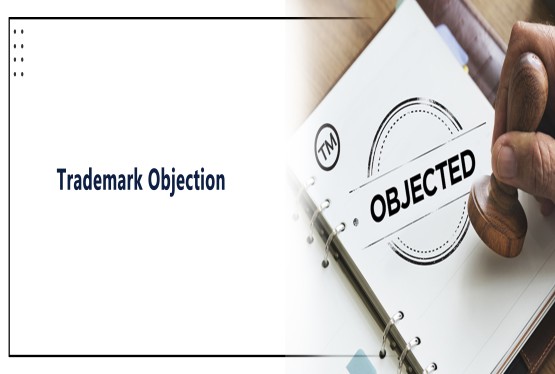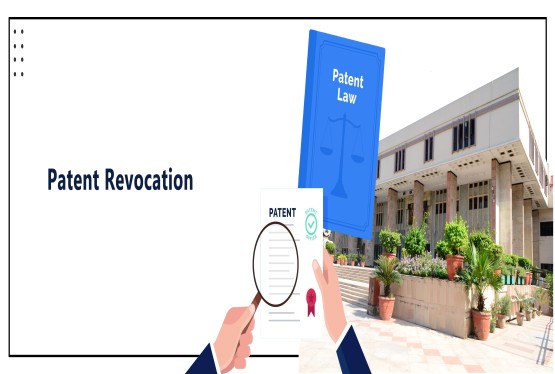A trademark is an essential asset for businesses, as it protects their brand identity, products, and services from infringement, ensuring consumers are able to distinguish between different sources of goods and services. In the context of intellectual property law, trademarks are categorized into various classes for trademark registration purposes, which helps in distinguishing between different types of goods and services.
Trademark Classification and Class 11
The World Intellectual Property Organization (WIPO) oversees the global classification of trademarks, known as the Nice Classification system, which divides trademarks into 45 classes. The first 34 classes refer to goods, while the remaining 11 refer to services. Class 11, in particular, is pivotal for a variety of industrial, domestic, and environmental products related to lighting, heating, and air-conditioning systems.
Class 11 primarily includes goods that are related to:
-
Lighting apparatus: This includes devices like lamps, lighting fixtures, and light bulbs.
-
Heating devices: Items such as heating apparatus for commercial and domestic use, including stoves, space heaters, and radiators.
-
Cooling and refrigeration apparatus: Appliances for cooling, such as refrigerators, freezers, and air conditioning systems.
-
Sanitary installations: Bathroom-related devices like sinks, toilets, and bathtubs.
-
Water distribution systems: Plumbing and water pipes for domestic and commercial use.
The categorization of products in this class helps to separate them from the broad spectrum of goods and services provided in other classes. Properly classifying a trademark is critical for ensuring that protection extends to the correct area of commerce and industry.
Legal Framework Governing Trademark Class 11
The protection of trademarks is governed by statutes that outline the eligibility, registration, and enforcement of rights over marks in Class 11 and other categories. At both the international and national levels, several key statutes and precedents help shape the trademark system.
1. The Trade Marks Act, 1999 (India)
In India, the Trade Marks Act, 1999 governs the registration, protection, and enforcement of trademarks, trademark infringement and trademark withdrawal. The Act defines trademarks as marks capable of distinguishing the goods or services of one enterprise from another and includes words, logos, symbols, and other graphical representations. The Act outlines the conditions for registering marks and includes provisions specific to Class 11 items.
Section 11 of the Act mentions the absolute grounds for refusal, which include marks that are devoid of distinctive character. In the case of Class 11, products like lighting apparatus and heating devices must have distinctive characteristics for successful registration.
The Act also ensures the protection of marks from infringement, and trademark owners can take legal action if their marks in Class 11 are used without authorization. This includes both civil and criminal remedies, as laid out in Sections 134 to 136 of the Act.
2. The Trade Marks Rules, 2017 (India)
The Trade Marks Rules, 2017 further regulate trademark registration in India and specify procedures for filing an application, examination of the mark, and opposition proceedings. Rules 57 to 63 specifically refer to the classification of goods and services. Applicants who seek to register trademarks in Class 11 must provide a detailed description of their goods and services, which helps the trademark office assess the mark’s eligibility.
For example, a business seeking to register a logo for air conditioning products would be required to clarify whether the mark pertains to domestic or commercial products, as each has different regulatory considerations and market demands.
3. The Nice Agreement (1957)
Internationally, the Nice Agreement concerning the International Classification of Goods and Services for the Purposes of the Registration of Marks, signed in 1957, establishes the global classification system. Under this Agreement, Class 11 includes goods related to lighting, heating, and cooling apparatus.
The Nice Classification provides a framework for trademark registration that ensures consistency in categorization across jurisdictions. This is especially significant for companies that conduct international trade, as it allows them to register their marks in multiple countries under the same classification system.
Precedents Involving Class 11 Trademarks
Legal precedents play a crucial role in interpreting the application of the statutes and providing clarity in cases of dispute or ambiguity. Several landmark cases highlight the importance of proper trademark classification and the challenges in enforcing trademark rights in Class 11.
1. The Hindustan Sanitaryware and Industries Ltd. vs. The Controller General of Patents, Designs and Trade Marks (2007)
This case involved a dispute between Hindustan Sanitaryware and Industries Ltd., which sought to register a trademark for a sanitary ware product, and the trademark authorities. The key issue was whether the sanitary ware products fell under Class 11 or another class. The judgment clarified the need for a detailed description when registering items that could be classified in multiple classes.
This case underscored the importance of accurately identifying and describing goods under the appropriate class to avoid legal complications and delays in trademark registration.
2. Emerson Electric Co. v. Emerson Electric Ltd. (2005)
In this case, the issue was the registration of the trademark "Emerson" for products related to heating and cooling systems under Class 11. The court ruled that the mark was distinctive and did not conflict with the prior use of the name "Emerson" by another company. This case highlighted the necessity of proving distinctiveness, especially for common terms or brand names used for various products.
The ruling reinforced that businesses in Class 11 must ensure that their trademarks stand out, as generic or descriptive terms are often refused registration unless they have acquired distinctiveness through use in commerce.
3. Bajaj Electricals Ltd. v. Bajaj Auto Ltd. (2002)
In this dispute between two Bajaj companies over the use of the brand name "Bajaj" for electrical and automotive products, the case dealt with the question of trademark confusion across different classes. The court ruled that the classification of trademarks could be extended beyond individual product types, meaning that if a mark is used for both electrical goods and vehicles, it could potentially overlap between Class 11 and other classes like Class 12 (for vehicles).
This precedent is important because it highlights that businesses in Class 11 must carefully navigate the broader trademark landscape to avoid conflicts with similar marks in other sectors.
Conclusion
Trademark Class 11 encompasses a wide range of goods related to lighting, heating, cooling, plumbing, and other essential home and industrial equipment. The classification ensures that products in this domain are distinctively protected under intellectual property laws, enabling businesses to safeguard their innovative designs and technologies.
As the legal landscape continues to evolve, businesses should stay abreast of both national and international standards, including those outlined in statutes like the Trade Marks Act, 1999 and international treaties such as the Nice Agreement. The precedents mentioned above highlight the importance of ensuring distinctiveness and proper categorization when registering a mark in Class 11. With the ever-growing complexity of trademark law, a proactive approach to securing and defending trademarks is crucial for businesses in this competitive sector.
Frequently Asked Questions
Q1. What is Trademark Class 11 and what products does it cover?
Ans. Trademark Class 11, under the Nice Classification system, encompasses a wide range of products related to lighting, heating, cooling, and sanitary installations. This includes items like lamps, light bulbs, heating appliances, refrigerators, air conditioners, sinks, toilets, and water distribution systems. This classification helps distinguish these products from those in other categories, ensuring targeted protection for businesses within this sector.
Q2. What are the key legal frameworks governing trademarks in Class 11 in India?
Ans. The primary legal frameworks in India governing trademarks in Class 11 are the Trade Marks Act, 1999 and the Trade Marks Rules, 2017. The Act outlines the criteria for trademark registration, including the grounds for refusal, and provides for the protection of trademarks from infringement. The Rules further detail the procedures for trademark registration and classification. Additionally, the Nice Agreement, an international treaty, provides a consistent framework for trademark classification across different countries.
Q3. What are some important considerations for businesses seeking to register a trademark in Class 11?
Ans. Businesses seeking to register a trademark in Class 11 should prioritize the following:
-
Distinctiveness: The trademark must be unique and capable of distinguishing the goods or services of one business from another. Generic or descriptive terms may be difficult to register unless they have acquired secondary meaning through use.
-
Accurate Classification: The goods or services must be accurately classified under Class 11 to ensure proper protection and avoid potential conflicts with other trademarks.
-
Detailed Description: A clear and detailed description of the goods or services is crucial for accurate classification and successful registration.
-
Broader Trademark Landscape: Businesses should consider potential conflicts with similar marks in other classes, as the scope of trademark protection can extend beyond strict product classifications.
Q4. How can businesses protect their trademarks in Class 11?
Ans. Businesses can protect their trademarks in Class 11 by:
-
Registering the trademark: Registration provides legal protection and allows businesses to enforce their rights against infringers.
-
Monitoring for infringement: Regularly monitoring the marketplace for unauthorized use of the trademark is crucial.
-
Taking legal action: If infringement occurs, businesses can take legal action through civil or criminal proceedings to protect their trademark rights.
-
Staying informed about legal updates: Keeping abreast of changes in trademark law and relevant case precedents is essential for maintaining strong trademark protection.
Q5. What are the implications of the Bajaj Electricals Ltd. v. Bajaj Auto Ltd. (2002) case for businesses in Class 11?
Ans. The Bajaj case highlighted the potential for trademark confusion across different classes. Even if a mark is primarily used for products in one class (e.g., Class 11 for electrical goods), its use in another class (e.g., Class 12 for vehicles) can lead to consumer confusion and trademark infringement. This precedent emphasizes the importance for businesses in Class 11 to carefully navigate the broader trademark landscape and consider potential conflicts with similar marks used in other sectors.






























_(b)_of_the_Trademark_Act,_1999_(1)_crop10_thumb.jpg)



_crop10_thumb.jpg)




























_crop10_thumb.jpg)
_crop10_thumb.jpg)






_crop10_thumb.jpg)








_crop10_thumb.jpg)



_crop10_thumb.jpg)





























_crop10_thumb.jpg)

















_crop10_thumb.jpg)






_crop10_thumb.jpg)











































































































































_crop10_thumb.jpg)




































_crop10_thumb.jpg)












_crop10_thumb.jpg)













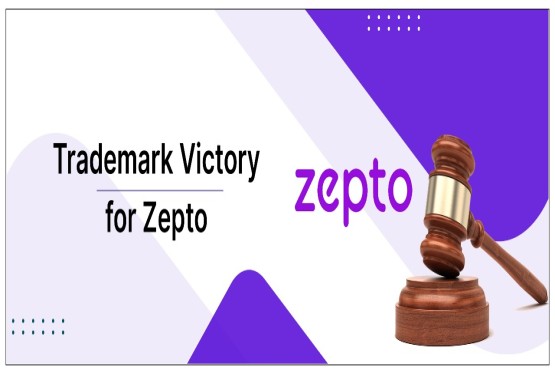

































_crop10_thumb.jpg)






